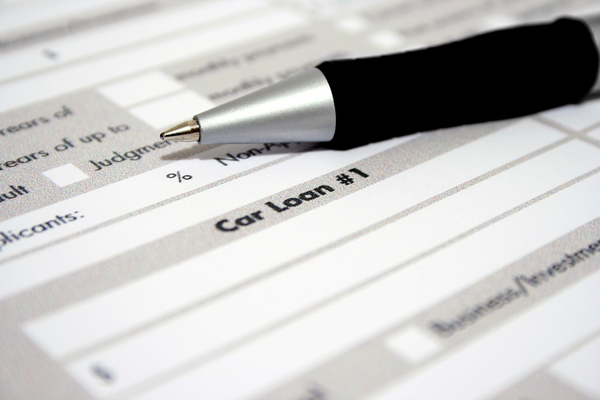Excerpt:
An increasing number of subprime borrowers are becoming delinquent on their car loans. Subsequently, bonds backed by these auto loans may be subject to downgrades.
Past competition-driven moves by lenders to extend auto loans to subprime borrowers are having negative results. Recent news by
Bloomberg indicates that subprime borrowers are becoming delinquent on their car loans at the highest level in six years. As a result, S&P Global Ratings indicates that bonds backed by these auto loans may be subject to downgrades.
 Subprime auto borrower delinquencies are rising.
Delinquencies at Highest Level Since 2010
Subprime auto borrower delinquencies are rising.
Delinquencies at Highest Level Since 2010
The lending industry has been warning of a subprime auto loan issue for some time. Competition in the loan market caused many lenders to relax their credit standards so they could keep making loans.
While mortgage lenders are legally required to evaluate applicant's ability to repay debt, car lenders are not. As a result, more subprime borrowers receive approvals. In the year between June 2015 and June 2016, for example, just over 5% of auto loan applications were rejected, versus 11% from October 2014 to October 2015.
In August, the effect of subprime auto loans began to show up in delinquencies. Borrowers who were subprime had fallen behind on loan payments by over 60 days on nearly 5% of loans, the largest amount since early 2010. Year-prior figures were just 4.14%, according to S&P.
Prime loan borrowers, on the other hand, were responsible for only 0.5% of delinquencies in August, up slightly from the year-prior figure of 0.41%.
Indications of Tightening Purse Strings
However, S&P Global Ratings also issued
news recently that the rate of losses in subprime auto loans is dropping. In other words, although losses on subprime car loans are still climbing, the rate at which delinquencies are happening is falling.
 Car loan standards may be tightened.
Car loan standards may be tightened.
S&P examines the average loss rate as a percentage of all loans outstanding for subprime car lenders. Their data explored 15 lenders in all.
The highest loss rate occurred in 2014, when it hit 17%, up from 13% in 2013. Last year, the average loss rate was 9%. It fell to just 3.2% in the first half of this year.
S&P indicated that the falling rate likely stemmed from fewer originations, tightening credit standards, or lending only to prime borrowers.
S&P's credit analyst Amy Martin told
Auto News that "it's just the beginning of a possible trend" by lenders to reduce their losses by tightening credit standards. She indicated it was a positive signal for investors who purchase asset-backed bonds based on subprime car loans.
New Lenders Learning Lessons?
In addition to competition-fostered relaxed borrowing standards, some of the subprime issue in consumer loans has been fed by new entrants into the banking system striving for market share:
Browse our white papers.





